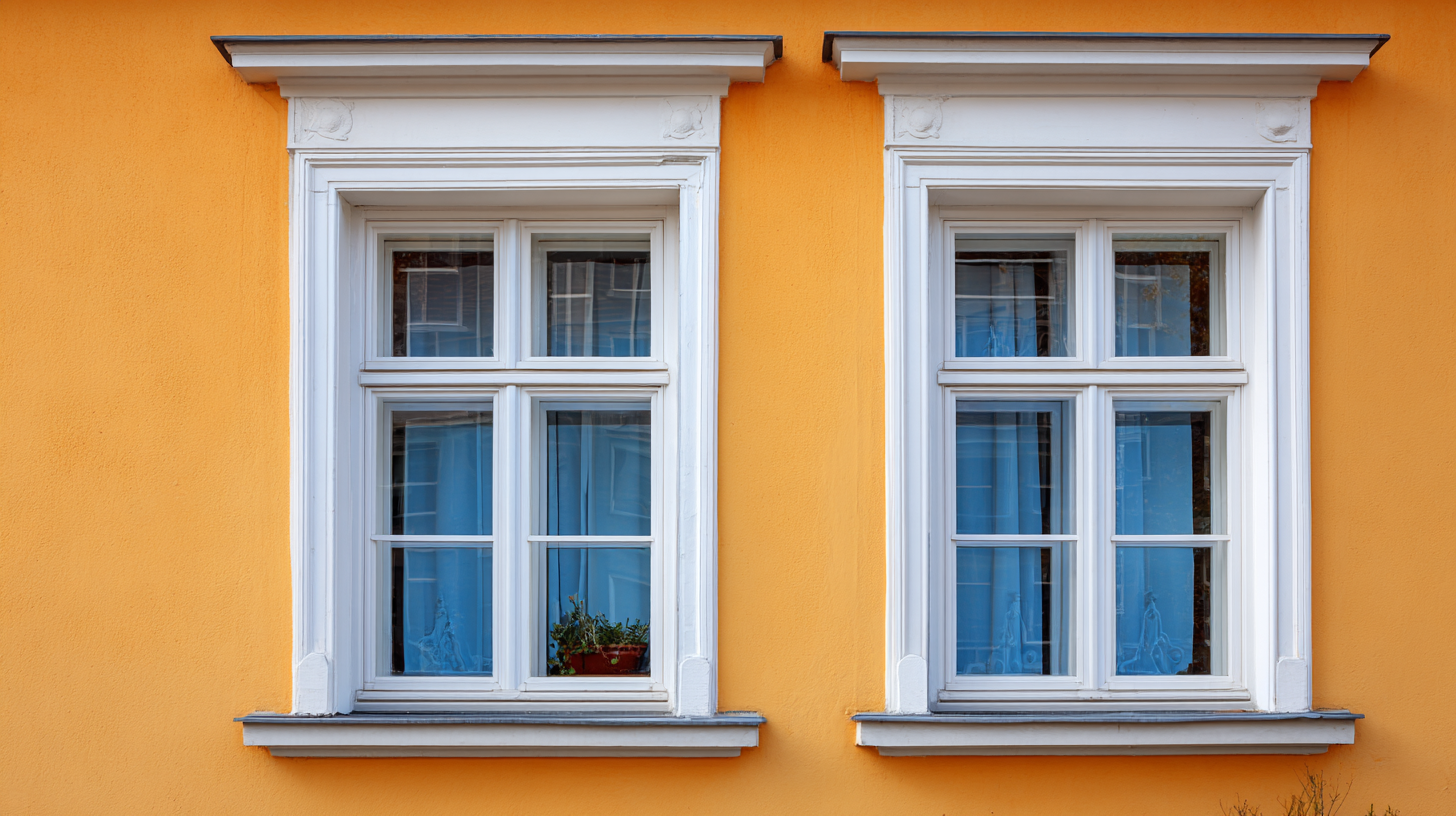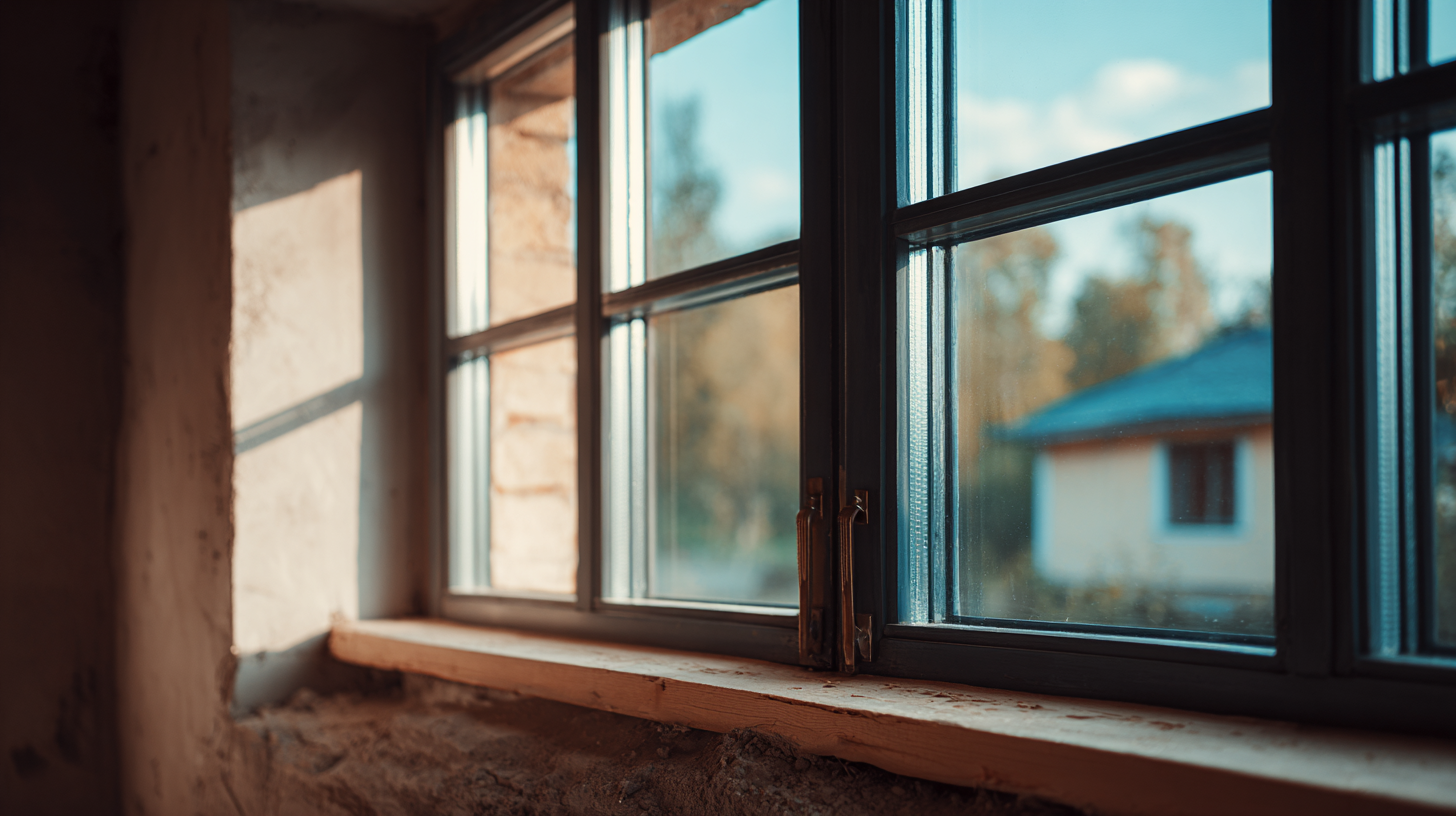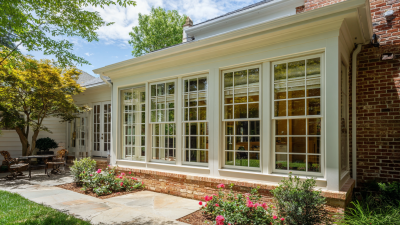How to Accurately Estimate Your Window Installation Cost Before You Buy
Estimating the window installation cost accurately is a crucial first step for any homeowner looking to enhance their living space with new windows. Understanding the financial implications associated with window installation can save you from unexpected expenses and help you make informed decisions before committing to a purchase.

This guide will walk you through essential factors that influence the overall cost, from the type of windows you choose to the complexities of installation. By considering variables such as materials, labor, and any additional features, you can develop a realistic budget that aligns with your financial goals.
Whether you're planning a small project or a larger renovation, mastering the art of cost estimation will empower you to approach your window installation with confidence and clarity.
Understanding the Factors That Influence Window Installation Costs
When estimating window installation costs, several key factors come into play that can significantly influence the final price. First and foremost, the type of windows selected greatly affects the overall cost. Different materials, such as vinyl, wood, or fiberglass, come with varying price points and maintenance needs. Additionally, specialty windows, like bay or bow windows, typically require more intricate installation, increasing labor costs.
Another crucial factor is the installation complexity and the condition of the existing framework. If the existing window frames are outdated or damaged, additional repairs may be necessary before new windows can be installed, which can drive up costs. Additionally, local labor rates and the expertise of the installation team should not be overlooked; hiring skilled professionals may result in higher initial expenses, but can lead to better long-term value and performance. Finally, regional variations in costs for materials and labor must be considered, as these can fluctuate based on local demand and market conditions.

Breaking Down the Average Costs of Different Window Types
When planning to install new windows, it's essential to understand the average costs associated with different window types. Each category offers unique features and energy efficiency that can significantly impact your overall investment. For instance, vinyl windows are often praised for their affordability and low maintenance, typically averaging between $100 to $900 per window, depending on size and style. In contrast, wooden windows can range from $300 to $1,500 each, as they offer a classic aesthetic but come with a higher maintenance requirement and initial cost.
Additionally, factors such as double glazing can influence your choices. Double-glazed windows, while more expensive upfront, provide better insulation and energy savings over time, frequently leading to lower utility bills. Homeowners should consider their local climate, home style, and potential energy savings when choosing the right window type for their installation. This careful analysis not only ensures a suitable window selection but also aids in accurately estimating the overall installation cost before making a purchase.
How to Accurately Estimate Your Window Installation Cost Before You Buy
| Window Type | Average Cost per Window | Installation Cost Range | Energy Efficiency Rating | Lifespan (Years) |
|---|---|---|---|---|
| Single-Hung | $250 | $100 - $300 | C | 15 - 20 |
| Double-Hung | $350 | $150 - $400 | B | 20 - 25 |
| Casement | $400 | $200 - $450 | A | 25 - 30 |
| Sliding | $300 | $150 - $350 | B | 15 - 20 |
| Bay | $900 | $400 - $1,200 | A | 30 - 40 |
Estimating Labor Costs: How Installation Complexity Affects Pricing
When estimating window installation costs, one of the most significant factors to consider is the complexity of the installation process. Installation complexity can arise from various aspects, such as the type of windows being installed, the condition of the existing frames, and any additional structural modifications required. For instance, replacing standard size windows is generally straightforward, while custom-sized windows or those that require alterations to the existing structure can lead to increased labor costs.
Moreover, the experience level of the installation crew plays a crucial role in determining the overall cost. Skilled professionals may charge higher rates, but they can ensure a quicker and more efficient installation, potentially reducing labor time and minimizing any unforeseen complications. It’s essential to assess whether the installation will involve unique challenges, such as working on multi-story buildings or navigating complicated architectural features, which can further drive up costs. By thoroughly understanding these complexities beforehand, homeowners can better estimate their installation budget and avoid unexpected expenses.
Using Online Tools and Calculators for Accurate Cost Projections
When planning a window installation, accurately estimating the cost can significantly affect your budget and decision-making process. One of the most effective ways to achieve this is by utilizing online tools and calculators designed specifically for estimating window installation expenses. These tools often require basic input data such as window dimensions, type, and the number of units, allowing for a quick and efficient cost projection tailored to your specific needs.
Moreover, many online calculators account for various factors that influence installation costs, including labor rates, materials, and geographic location. By providing accurate inputs, users can receive detailed estimates that reflect real-world pricing, enabling better financial preparedness. In addition to cost estimation, some platforms might also offer insights into potential savings through energy-efficient options, helping homeowners make informed decisions that extend beyond mere installation costs. Embracing these digital resources empowers you to take control of your window installation budget effectively.
Where to Find Reliable Local Contractors for Cost Estimates
When looking to accurately estimate your window installation cost, finding reliable local contractors is crucial. Start by utilizing reputable online platforms that provide listings of licensed professionals in your area. Websites that specialize in home improvement can often contain customer reviews and ratings that give you insight into the quality of work and customer service each contractor provides. Look for contractors who not only specialize in window installations but also have a strong track record of successful projects within your community.
Another effective method is to seek recommendations from friends, family, or neighbors who have recently had window installations. Personal referrals can give you a more intimate understanding of a contractor’s reliability and workmanship. Once you have a list of potential contractors, request detailed estimates from each one, ensuring they include labor, materials, and any additional costs. This will not only help you compare prices but also gauge each contractor's professionalism and willingness to provide comprehensive service. By thoroughly researching and vetting local experts, you'll be better equipped to make an informed decision before your purchase.

Related Posts
-

A Comprehensive Guide to Understanding Window Installation Costs Across Different Regions
-

Ultimate Guide to Choosing the Right Windows for Your Home Make the Best Decision
-

What is the Perfect Window Style for My House? A Guide to Your Options
-

7 Smart Benefits of Choosing Windows for My House
-

How to Choose the Perfect Exterior Windows for Your Home
-

7 Essential Tips for Choosing Vinyl Windows: Boost Your Home's Energy Efficiency by Up to 30%
